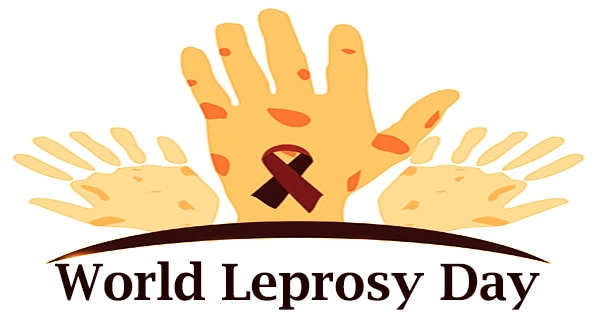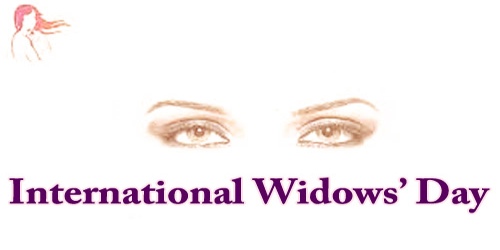Mycobacterium leprae causes leprosy, commonly known as Hansen’s disease, which is a chronic infectious disease. The condition mostly affects the skin, peripheral nerves, upper respiratory mucosal surfaces, and eyes. Leprosy is known to affect people of all ages, from infancy to old age. Leprosy is treatable, and early treatment can help prevent disability. Every year on the final Sunday in January, World Leprosy Day is held around the world to raise public awareness about leprosy, also known as Hansen’s Disease. This day was chosen by Raoul Follereau, a French humanitarian, as a tribute to Mahatma Gandhi’s compassion for individuals suffering from leprosy. In 1954, the day was first observed. Hansen’s illness is one of the most ancient diseases known to man. Around 600 B.C., the first written reference to Hansen’s illness was discovered. The skin sores and malformations can be exceedingly disfiguring, which is why afflicted people have historically been regarded outcasts in many cultures. Although human-to-human transmission is the most common mode of infection, chimps, mangabey monkeys, and nine-banded armadillos can all carry and (rarely) transmit M. leprae to humans. Because it causes inflammatory nodules (granulomas) in the skin and peripheral nerves over time, the disease is called a chronic granulomatous disease, comparable to tuberculosis. Early diagnosis and treatment can help to prevent the disease’s impairment, and persons with Hansen’s disease can still work and live an active life. The person is no longer contagious after therapy has begun. It is, nevertheless, critical to complete the entire course of treatment as advised by the doctor.
World Leprosy Day is a day dedicated to raising awareness about a disease that many people assume is no longer present. Leprosy is one of the oldest diseases known to mankind. It’s an infectious chronic disease that mostly affects the neurological system, particularly the nerves in the body’s colder regions, such as the hands, feet, and face. The observation has been endorsed by Pope Francis. Today, not only the sickness, but also the people, are forgotten. Every day, about 600 additional people are diagnosed with leprosy and begin treatment. Mycobacterium leprae, a rod-shaped slow-growing bacillus that is an obligate intracellular (only grows inside of certain human and animal cells) bacteria, is the principal cause of leprosy. Many countries, particularly those with tropical or subtropical climates, are affected by this disease. Those who reside in locations where leprosy is prevalent (parts of India, China, Japan, Nepal, Egypt, and other areas) and, in particular, those who are in frequent physical contact with infected persons, are at the greatest risk. This disease was long thought to be a very contagious and deadly condition, but we now know that it is difficult to spread and is easily curable once diagnosed. In many places where the condition is seen, there is still a lot of stigma and prejudice regarding it, and those who suffer from it are ostracized and discriminated against. The majority of instances of leprosy (mostly clinically diagnosed) are treated with antibiotics. Antibiotics can be used to treat paucibacillary leprosy with little or no side effects. Medical experts have utilized steroid drugs to treat leprosy pain and acute inflammation, but controlled research found no long-term effects on nerve damage. Raoul Follereau established World Leprosy Day with two purposes in mind: to fight for the equal treatment of leprosy patients and to reeducate the public on the illness by correcting past myths. We want everyone to know that people living with leprosy have the right to a dignified life free of stigma and discrimination. By sharing their inspirational tales and fighting for the mental well-being of individuals living with leprosy and other neglected tropical diseases, we will commemorate the lived experiences of those who have lived with leprosy.
















